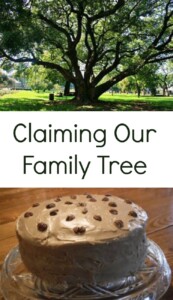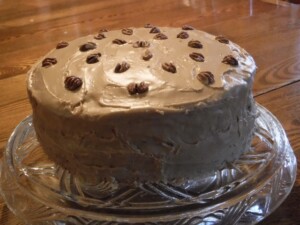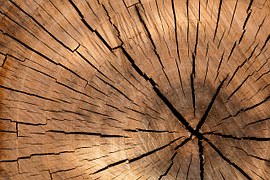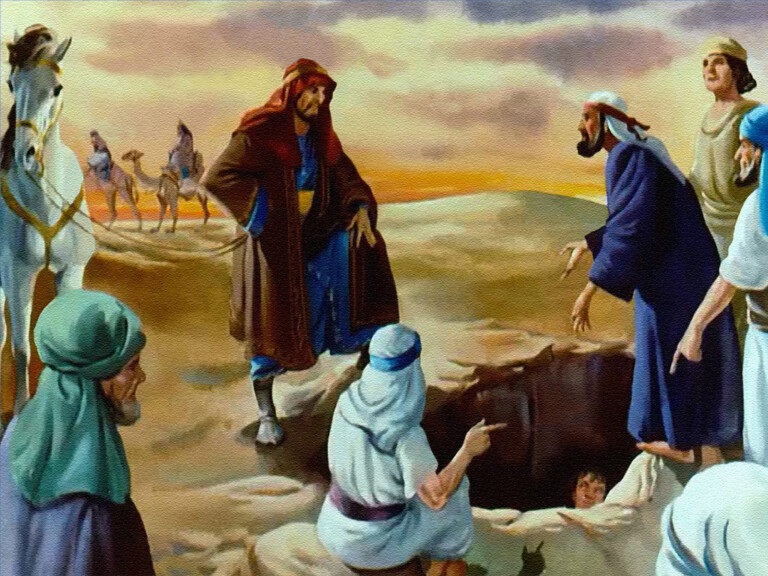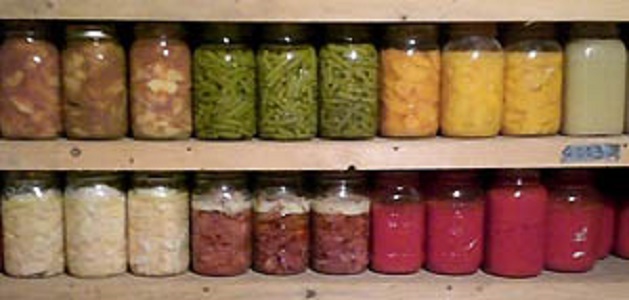Claiming Our Family Tree
The roots of my family tree go deep. Its branches are gnarled with varying widths and lengths. There has been grafting which has added uniqueness. There has been drought and heat, which has diminished its strength and reach. But it’s my family, and it’s my tree. This article was published previously, and there is more information about that at the end of this blog post.

Claiming Our Family Tree
It wasn’t that much fun back then. Each autumn, we were sent out to the pasture to gather hickory nuts. Although encased in a large outer shell, the actual nut itself is small. Do you know how many nuts it takes to measure one cup of chopped nutmeat for a recipe? A lot!
Sometimes we fussed and complained, but we went nonetheless. It was autumn. Hickory Nut cake was the cake that our mama liked best, and it was almost time for her birthday. So we went.
It became a tradition and part of who we were as siblings and as a family. That brown sugar/real butter/heavy cream frosting was a pure taste of taffy and maple sweetness. Oh, what bliss!
And now, when I taste this cake and this frosting, I am a child again, back in the warm kitchen with my family. It’s dark and wintry-cold outside, but there is warmth in the kitchen, and I belong.
Many years later, two cousins and I traveled to the land where our great-grandfather Wilhelm set sail when he left Germany at the age of fifteen. We walked the streets of the small town of Langendorf and imagined that the cows wearing cow-bells were descendants from the cows our forefathers had pastured a hundred fifty years before! My cousins and I imagined that we saw distant relatives in the faces of folks we passed on the street. Pensively, we stood by the lot where the Bender house had been. There was something about being among these people that felt like home.
Our mothers and aunts enjoyed the stories of our travels and our descriptions of that geography across the Atlantic, so like the homeland of their own childhood in Pennsylvania. The photo taken of the death record of Wilhelm’s father (who was buried just days before the remainder of the family left Germany) prompted somberness. We regaled them with tales of the town their grandfather lived in before his journey to America.
“On Sunday morning,” we told them, “all the women were out sweeping their porches and sidewalks, just like you do here.”
Their eyes twinkled when we said, “We couldn’t get away from our mothers even though we were an ocean apart.”
It’s true. There are some things about family that are special just because that’s who we are. Often there are traits and characteristics that we don’t even recognize as belonging to our families. Yet there is familiarity in being part of the folks we call family.
Just a few weeks ago, a cousin stopped in overnight on her way back home. I asked her if she had ever made the frosting for the Hickory Nut cake that is in the Mennonite Community Cookbook.
“Oh yes,” she said, “I’d be happy to make my mama’s cake and frosting again.”
And I thought to myself, “Your mama’s cake?! It’s my mama’s cake!”
For, after all, my mama’s birthday was in November and I was certain that no other children were ever sent out to the woods or pastures to gather hickory nuts. How wrong I was.
First cousins from nearly all of my mother’s siblings confirmed that their parent also liked hickory nut cake. They shared memories of gathering nuts and then sitting outside on large stones and cracking those tiny nuts using another rock.
“It was always important,” one cousin remembered, “to be sure to get the nut out in an entire piece.”
“We tried our best to get the half out without breaking it so we could put a circle around the outside of the top layer or cover the entire top with neat [concentric] circles,” another cousin said.
Well now. That could have been spoken by any of my siblings or any other cousin. That tradition had been passed down without any of us being aware of its passing. Yes, the hickory nut doesn’t fall far from the tree.
So all these years, my sisters and I thought this recipe was special because our mama liked it. Now we know that our grandma loved nut cake; small wonder then that her offspring claimed hickory nut cake as a favorite!
That’s what is so neat about family. Genetics and those taste buds might have played into this tradition in my extended family, but I think it’s more about environment than about genetics.
We develop traditions without even realizing we are enveloping them. Something done once is repeated the next year, and suddenly it’s an unplanned tradition.
Your family might not claim hickory nut cake as a novelty, but you can name things that are special and that belong to you just because you are a family. Tracing the path back to the beginnings of a tradition can help you identify and claim your roots.
When we have the opportunity, we should be a part of family reunions. If we listen closely, we’ll hear stories rustling among the branches that we had no idea were there.
Go back home and find the place where you belong.
Sometimes going back home can be painful, but we still need to go. Memories of insecurities are bound to surface. You might find yourself reverting to the child you once were. Other adults might still view you as the bossy older sibling, the complacent middle child or the spoiled baby of the family.
Yes, our family trees can be warped and gnarled. But it’s who we are. We are family nonetheless.
It helps sometimes to go back and find out why we do things the way we do them. It’s not so much that our way is better than someone else’s; it’s just that learning why we do the things we do will help us understand who we are.
A cousin of mine moved with his wife and small child to the basement of his parents’ home for the summer. They were in transition between jobs, and he wanted to go back home for a few months so his wife could learn to know his community better. He also wanted to reconnect with folks he hadn’t been able to spend time with for several years.
At the end of the summer, his wife told me, “I learned to know my husband so much better by being around his family. I never could understand why Nate always walked around the kitchen eating his cereal. He’d kick the cupboard doors shut with his feet. It used to drive me crazy. But this summer, it finally made sense. His dad walks around the kitchen eating his cereal, doing the exact same thing. Now I understand!”
As individuals in a family, we are significant because we belong. Whether we’re part of the tree from our beginning or whether we were grafted in, we belong. We not only belong to the tree; the tree is a part of us.
Those knots and gnarled limbs? There’s a story behind them.
We should listen to those stories. Hearing those untold stories will help us learn to know our past and it will help us understand our present.
It’s true that we didn’t have a choice in the decisions made by our ancestors. Yet we can choose to change the course of our future by how we respond to our past. One of the best ways to begin is to understand those who are part of our family and its tree.
To do that, we must climb the tree.
Abraham Lincoln once said, “I don’t know who my grandfather was; I am much more concerned to know what his grandson will be.”
That’s where we come in – at the fork of the next branch.
So go ahead, recognize the roots of your tree. Run your hands along the bark of the trunk and feel its solidness. Embrace the limbs.
Go ahead. Climb that tree and rest against it branches.
Understanding where you come from will help you recognize why you are who you are. It will also help you evaluate where you want to go and who you want to become.
By acknowledging this tree and its gnarled warts, we can relish in its shade. And we can change, if necessary, its bent.
Our future is determined not so much by our past. Rather, the bent of future twigs and branches is determined by how we respond to the roots of our tree and acknowledging the trunk in the present.
We can choose to lean toward the shadow or toward the sun. The direction we lean will plot the course of our future tree. We can allow the past to cripple us or empower us. We can choose life, thus setting the course for future generations.
That’s what God meant when He said,
“This day I call the heavens and the earth as witnesses against you that I have set before you life and death, blessings and curses. Now choose life, so that you and your children may live.” [Deuteronomy 30:19]
That family tree? Claim it. Embrace it. Then choose life.
This story was first shared in Daughters of Promise magazine in December of 2015. It’s autumn, and my mama’s 100th birthday was this month, on the 16th. I shared a previous post about her favorite cake – Hickory Nut – on that date (yesterday, November 16.) To get the recipe, you can click here.
